Some Shorebirds in Dunkirk
Published: July 30, 2013
Tags: Life List Happenings, Sanderling, Least Sandpiper, Semipalmated Sandpiper, Semipalmated Plover, Bald Eagle, Double-crested Cormorant, Mallard, Northern Rough-winged Swallow, Belted Kingfisher, Willow Flycatcher, Eastern Phoebe, Mallard, American Coot, Great Blue Heron, Caspian Tern
In pursuit of shorebirds this morning, I ended up getting a life bird in Dunkirk. I found one, lone Sanderling, working the shoreline along the beach. The little guy was so small, I nearly missed him! But as he scooted back and forth in rhythm to the waves rushing in and out, I caught his movement and quickly became enamored with him. I took as many photos as I could until a Bald Eagle came and scared him and most of the gulls away. An eagle sighting is always nice but I was disappointed my Sanderling left me so soon!
A little later, I met Marty Sanden along the beach and together we found a little larger grouping of shorebirds: a Semipalmated Plover and 2 different kinds peeps, 2 Semipalmated Sandpiper and 6 Least Sandpipers. They all foraged along the beach together, grouping and re-grouping as the waves came in and out.
The three sandpipers that make up the group called "peeps" are the Least, Semipalmated, and Western Sandpipers. I can't help but smile at their aptly assigned nickname. And I thought the Sanderling I saw this morning was small; these diminutive shorebirds are even up to 2 inches smaller! Thankfully, they were in a group or I probably WOULD have missed them!
Did you know that "semipalmated" indicates that the webbed feet of the bird are only partly webbed?
The Sanderling's head coloring seemed too dark to me to be certain of its ID, but I later found out from Joe Mitchell that he's probably an adult molting from breeding plumage to non-breeding. I did see the white wing stripe as he flew away when the eagle came in. Another identifying field mark that Joe mentioned is that Sanderlings don't have a hind toe. Good to know!
Other birds seen this morning were Double-crested Cormorants, 2 Belted Kingfishers playing "chase", several Mallards, a Great Blue Heron, 3 American Coots, several Northern Rough-winged Swallows, and at least 4 flycatchers (Eastern Phoebes and Willows) at a nearby marsh.
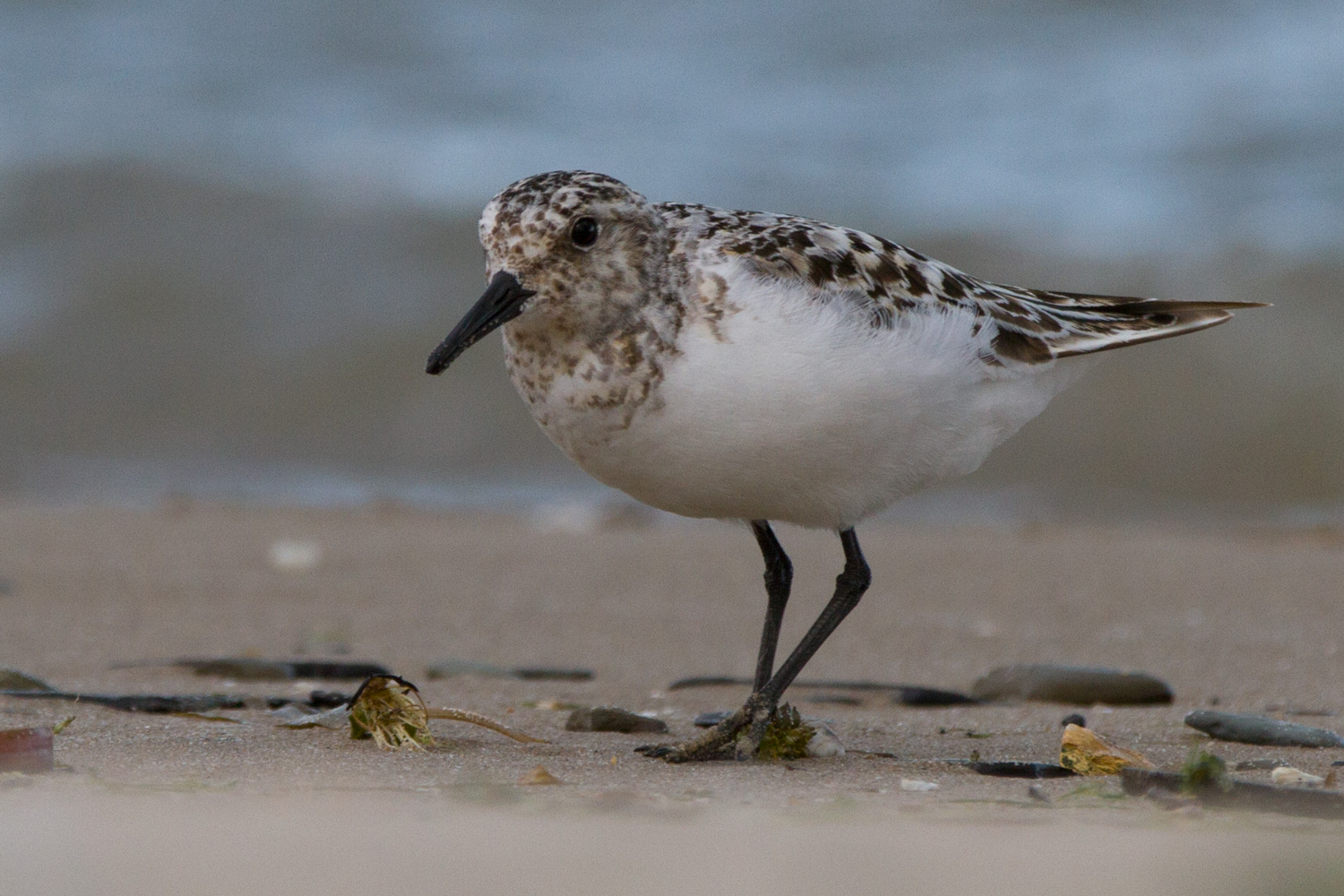
Sanderling
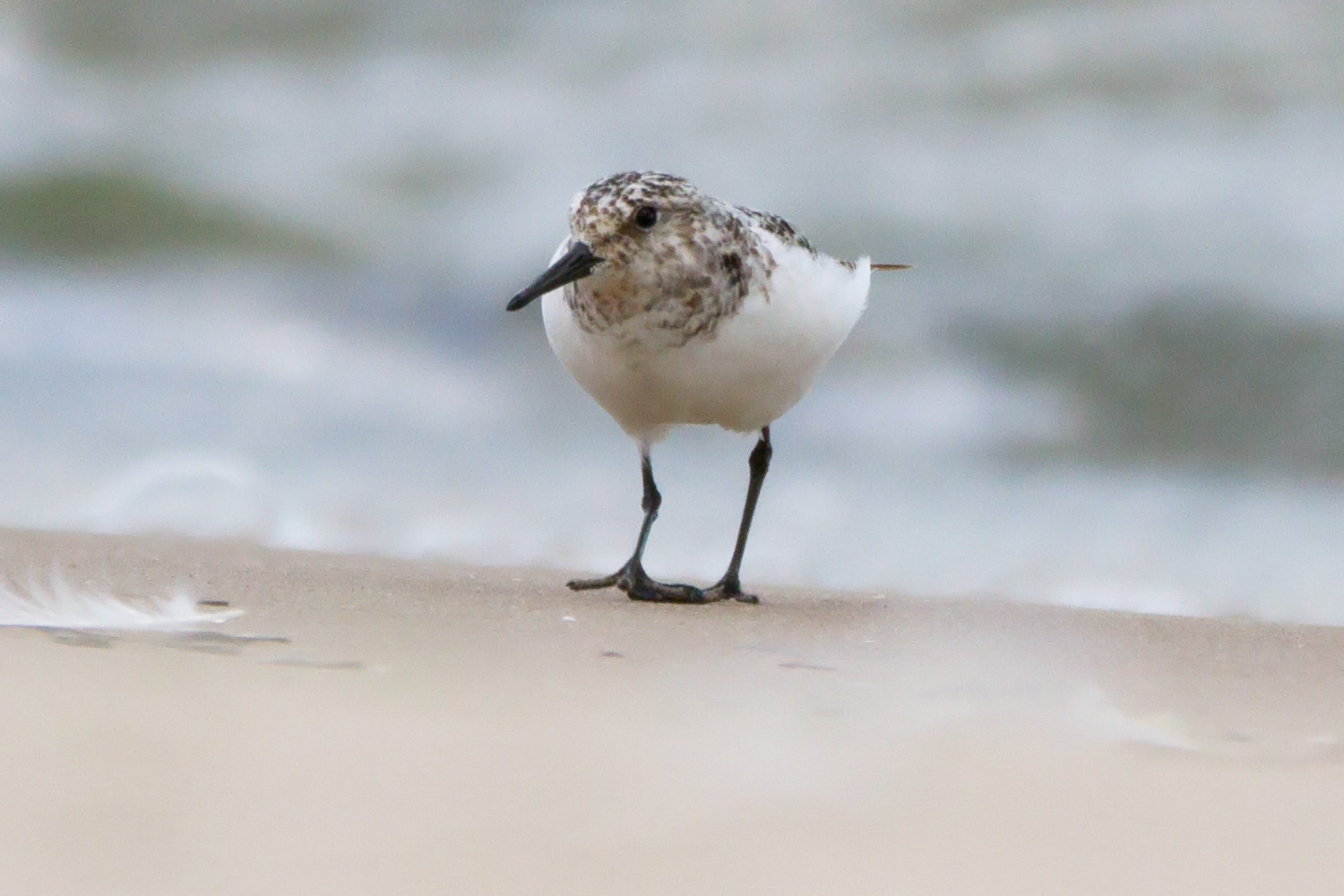
Sanderling
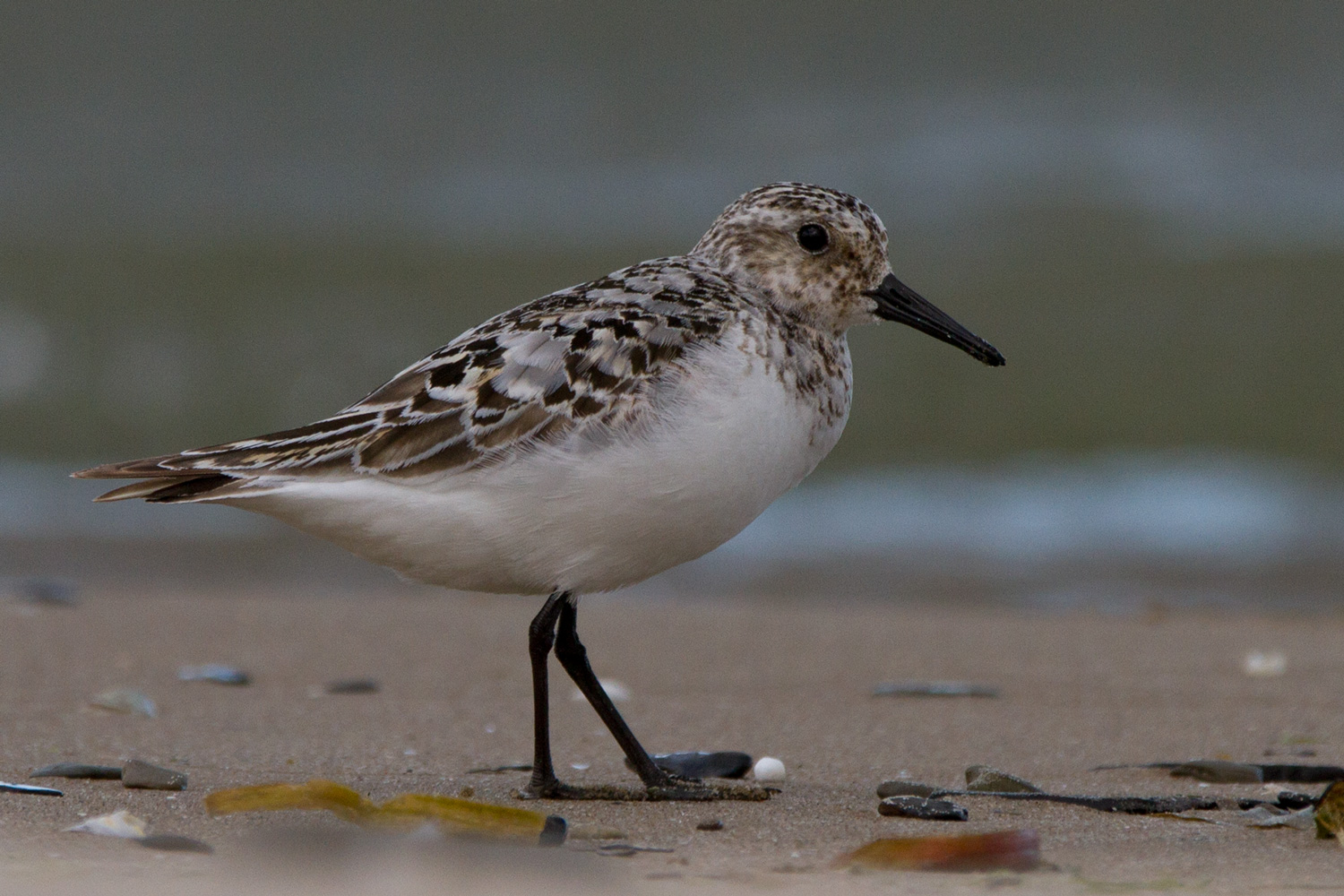
Sanderling
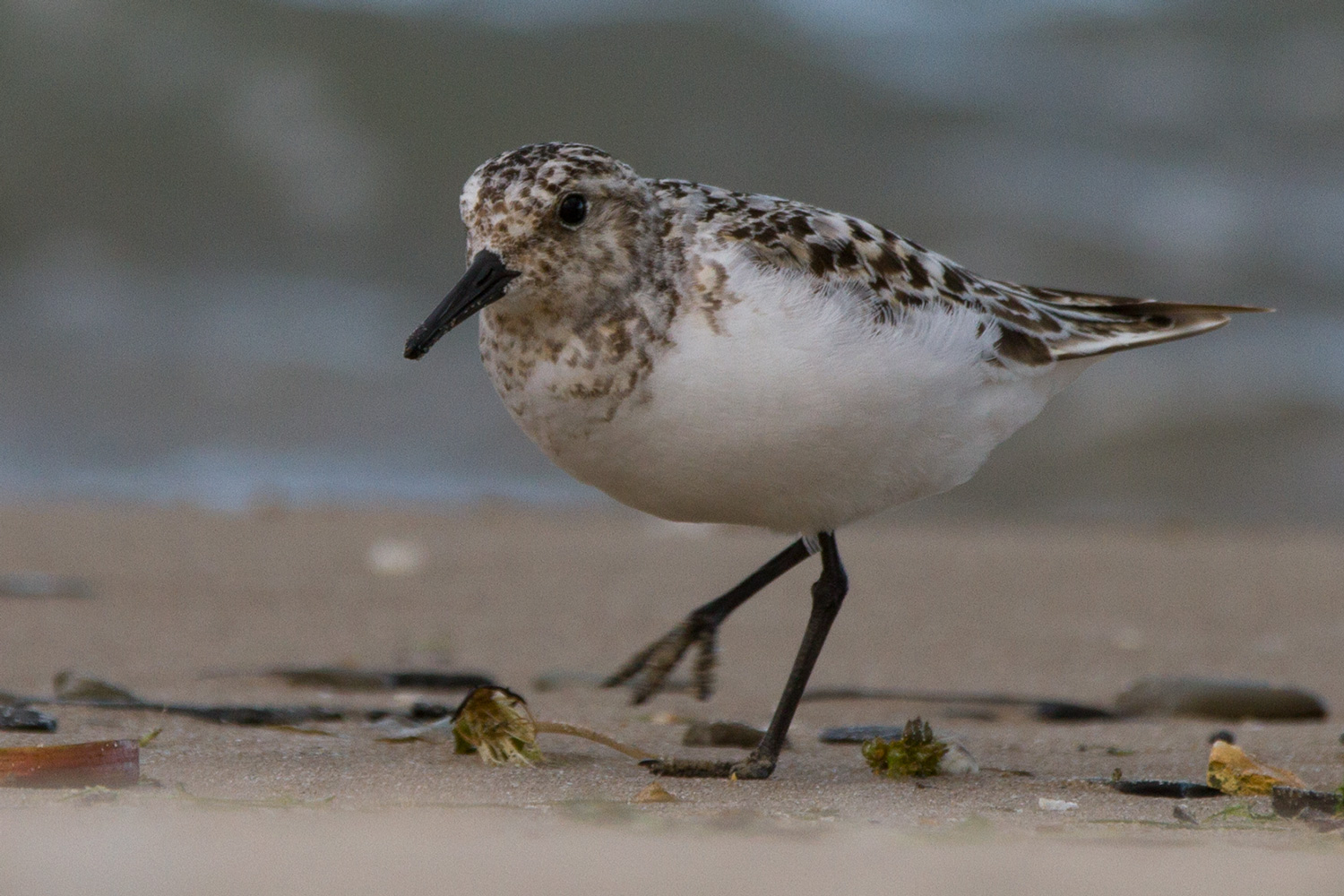
Sanderling
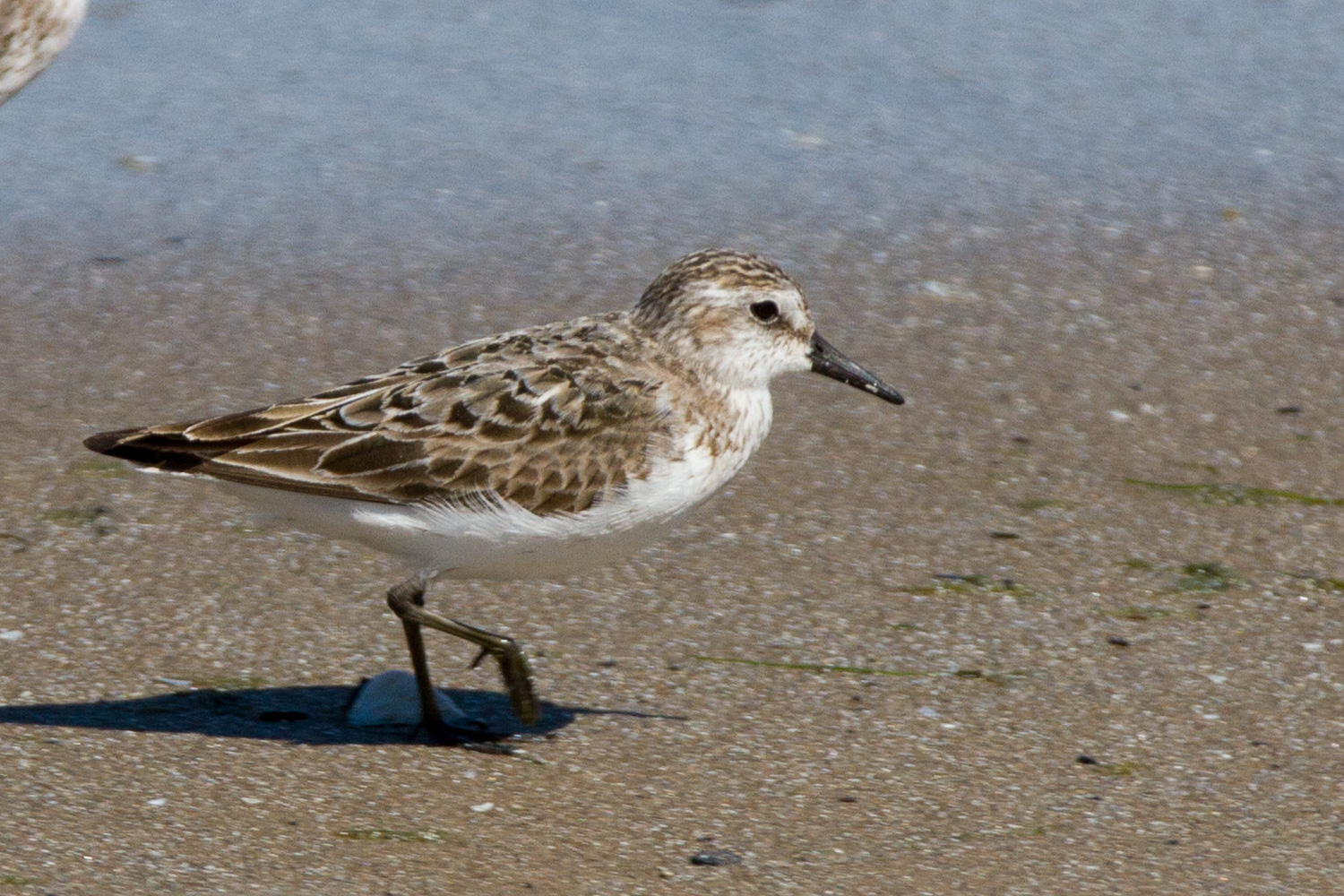
Least Sandpiper
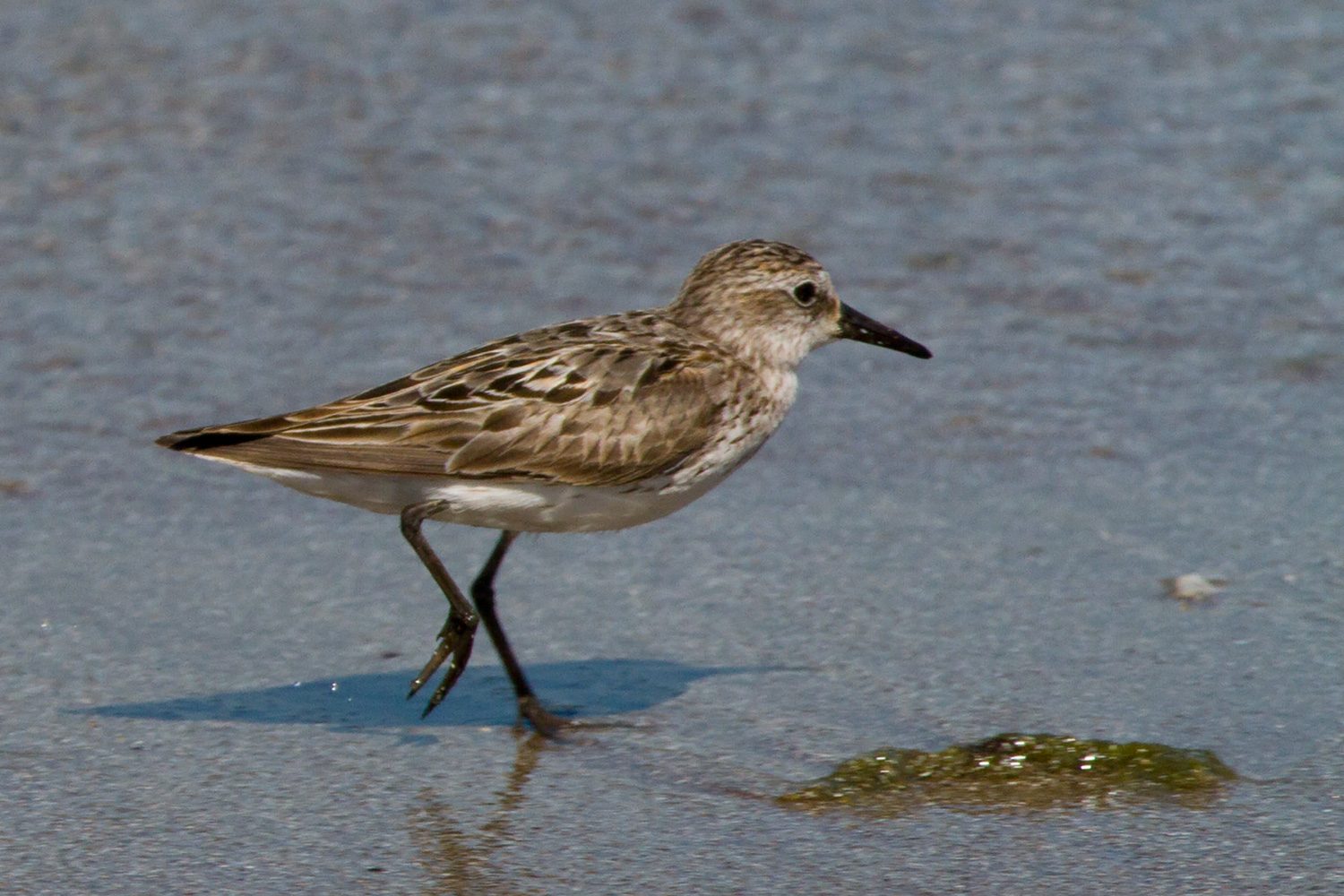
Least Sandpiper
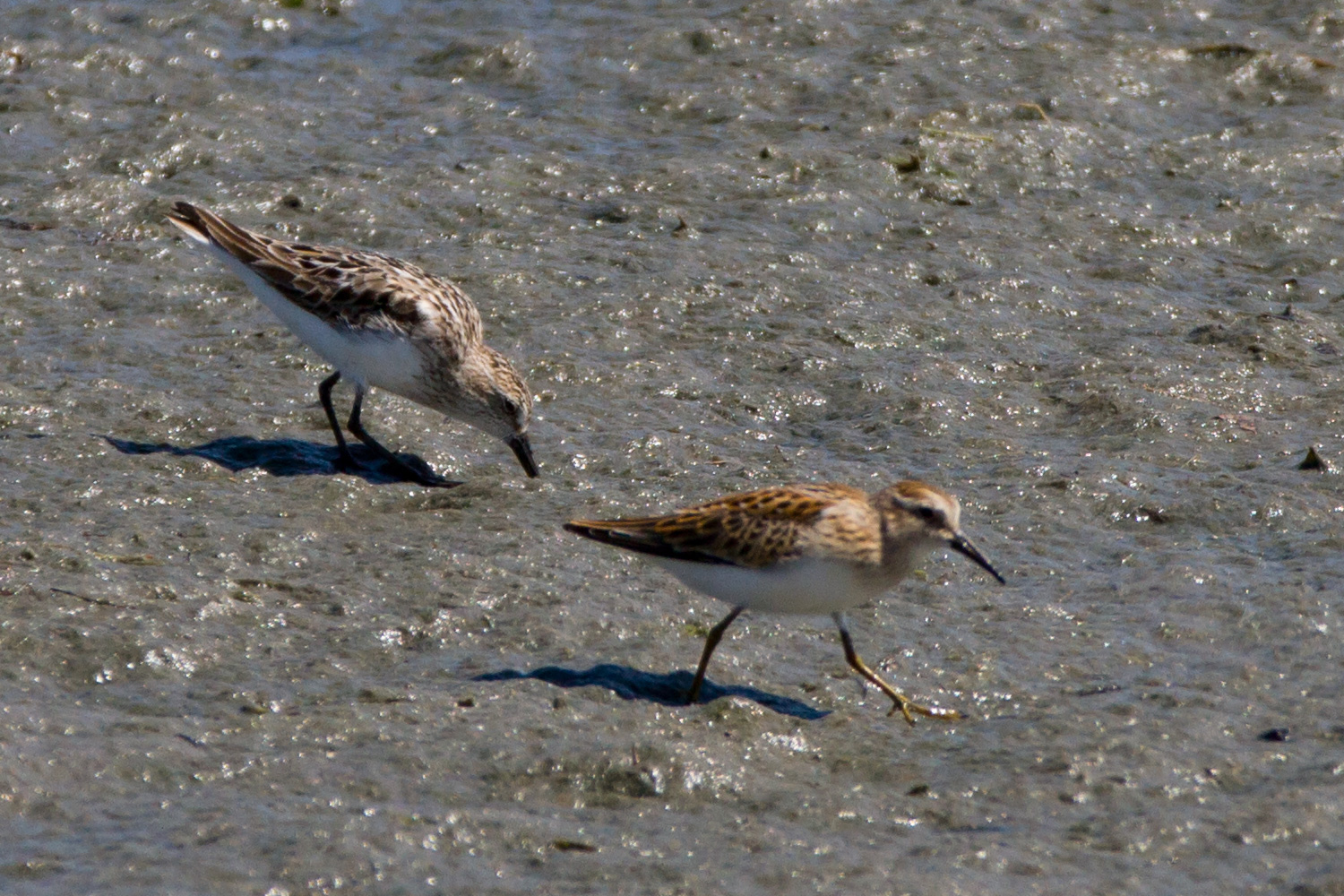
Semipalmated (left) and Least (right) Sandpipers - for comparison
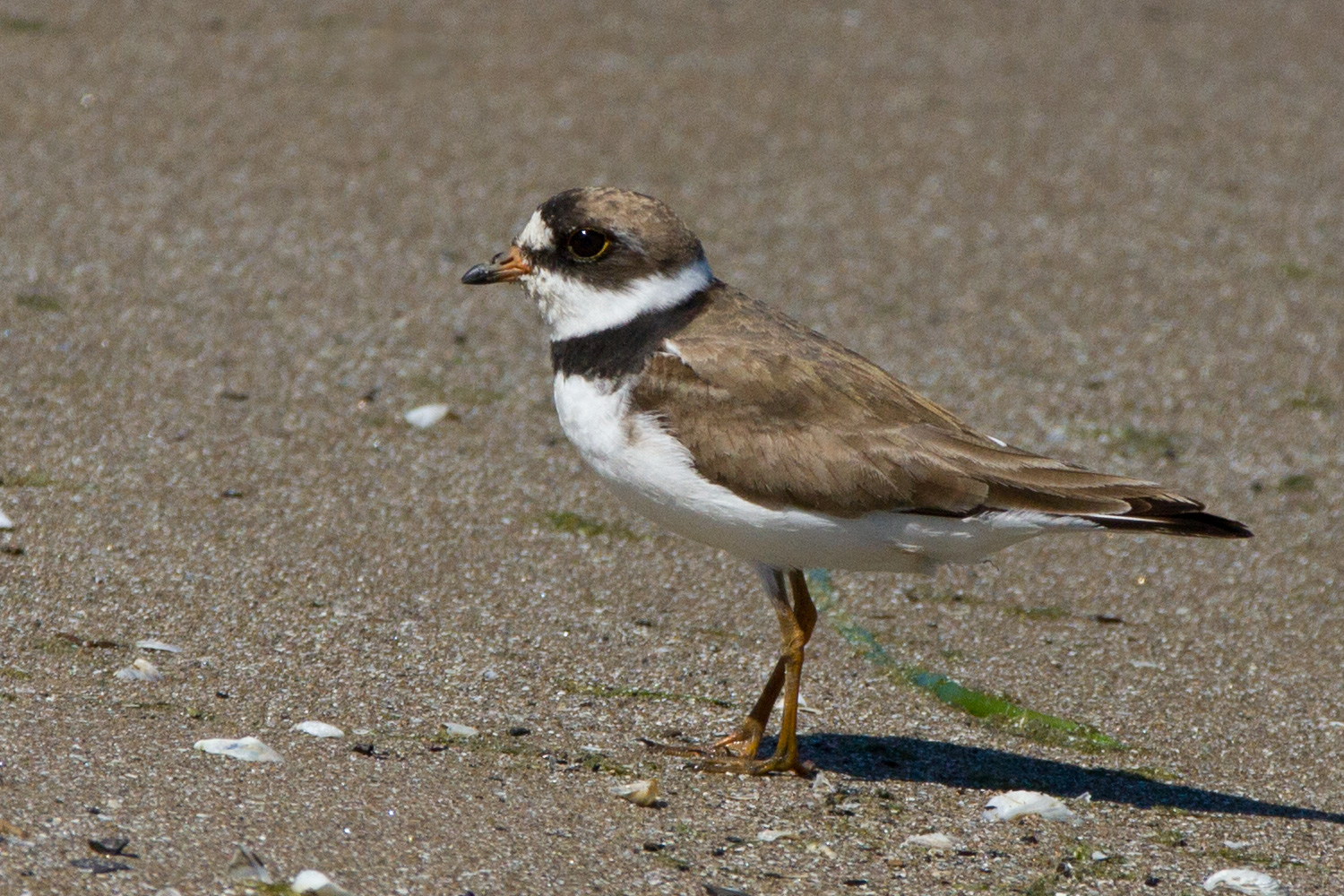
Semipalmated Plover
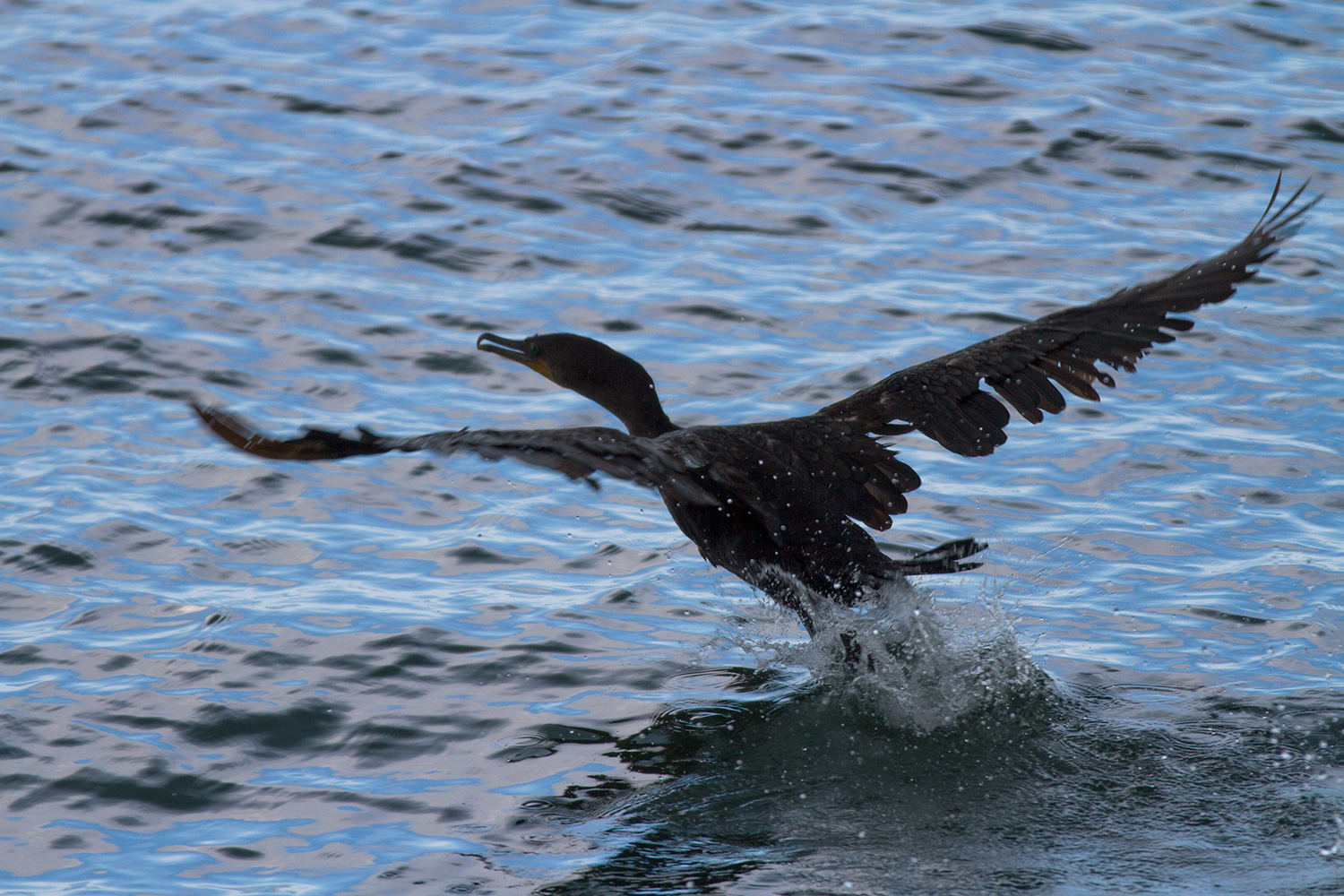
Double-crested Cormorant
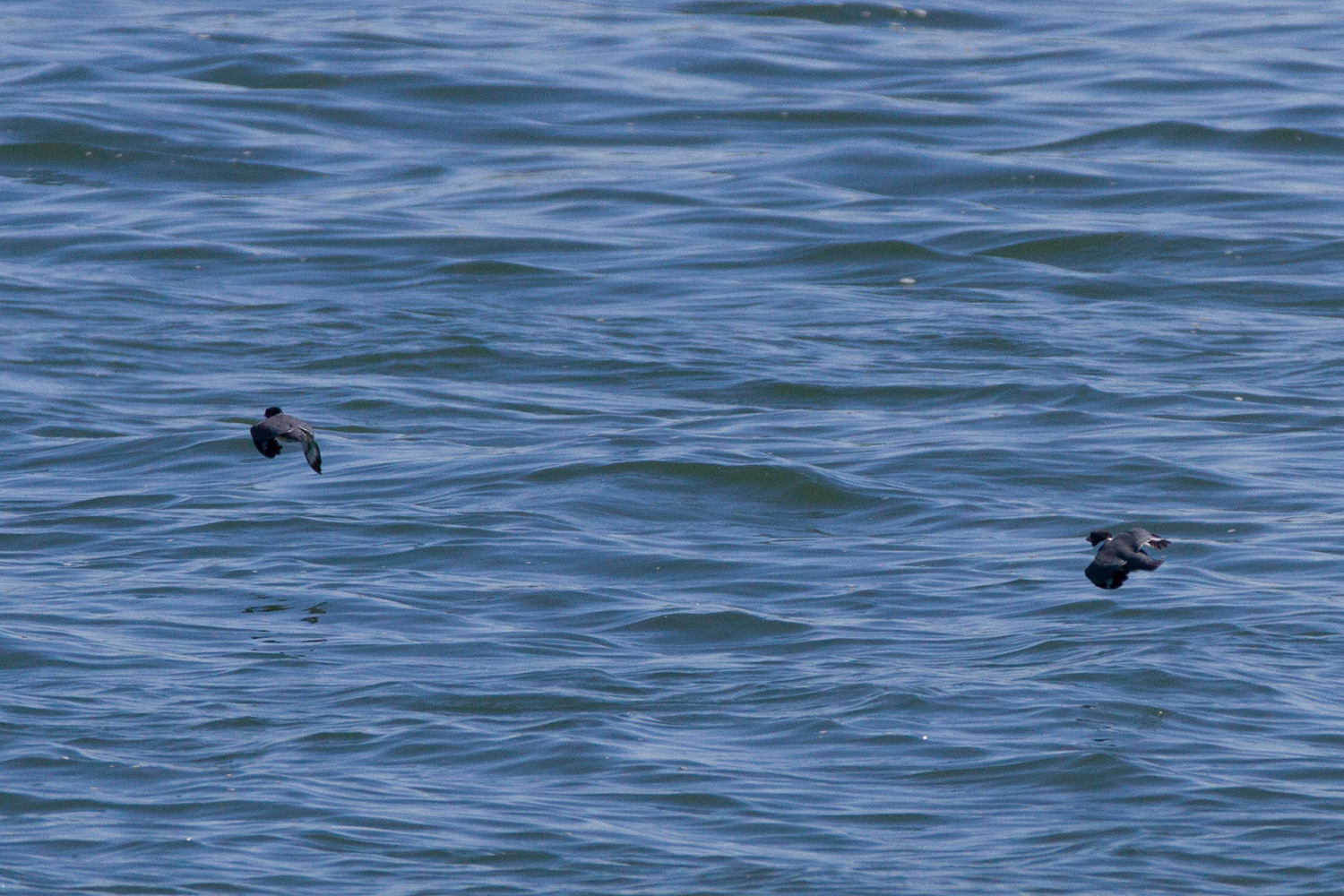
Two Belted Kingfishers having a chattery chase
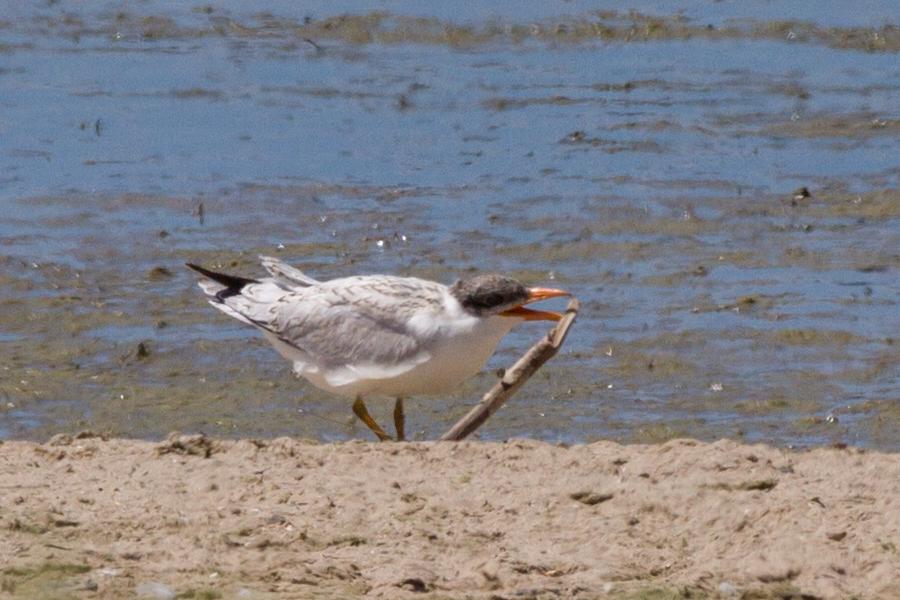
Juvenile Caspian Tern (from last week, same location)
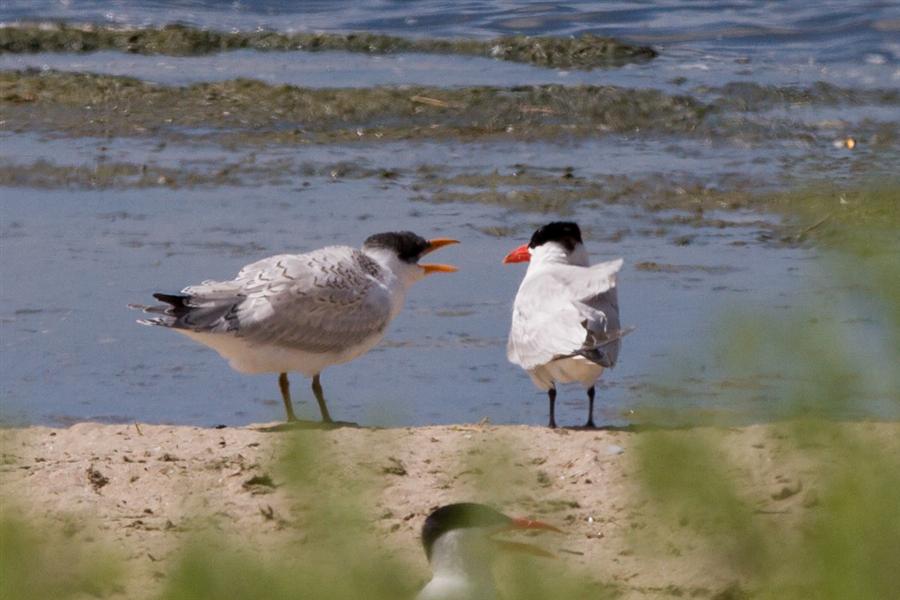
Young Caspian Tern and parent (from last week, same location)
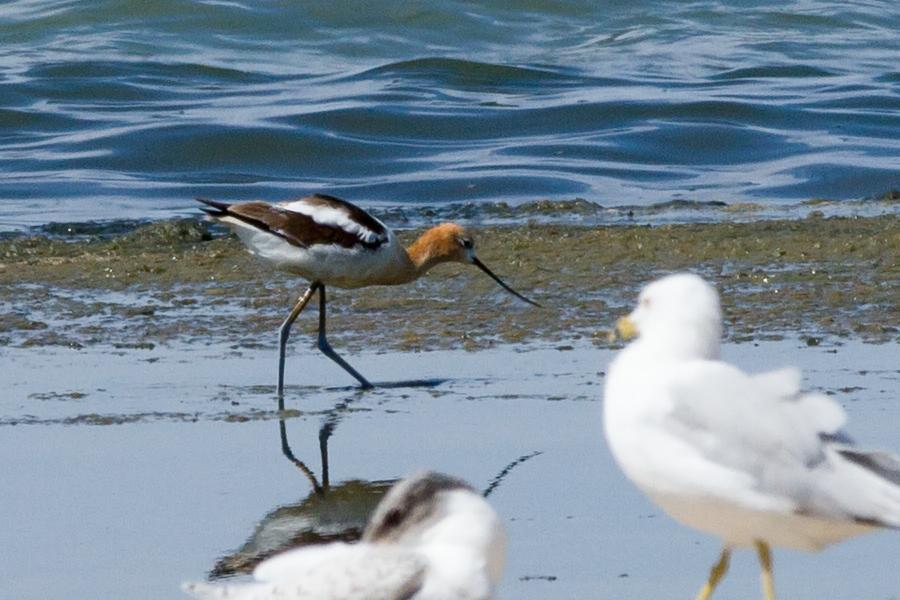
American Avocet (from last week, same location)
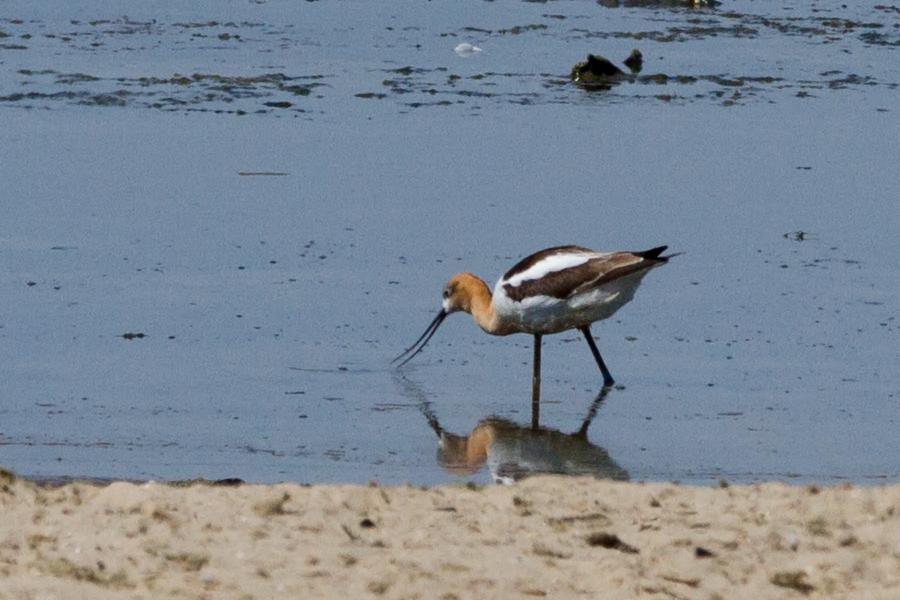
American Avocet (from last week, same location)
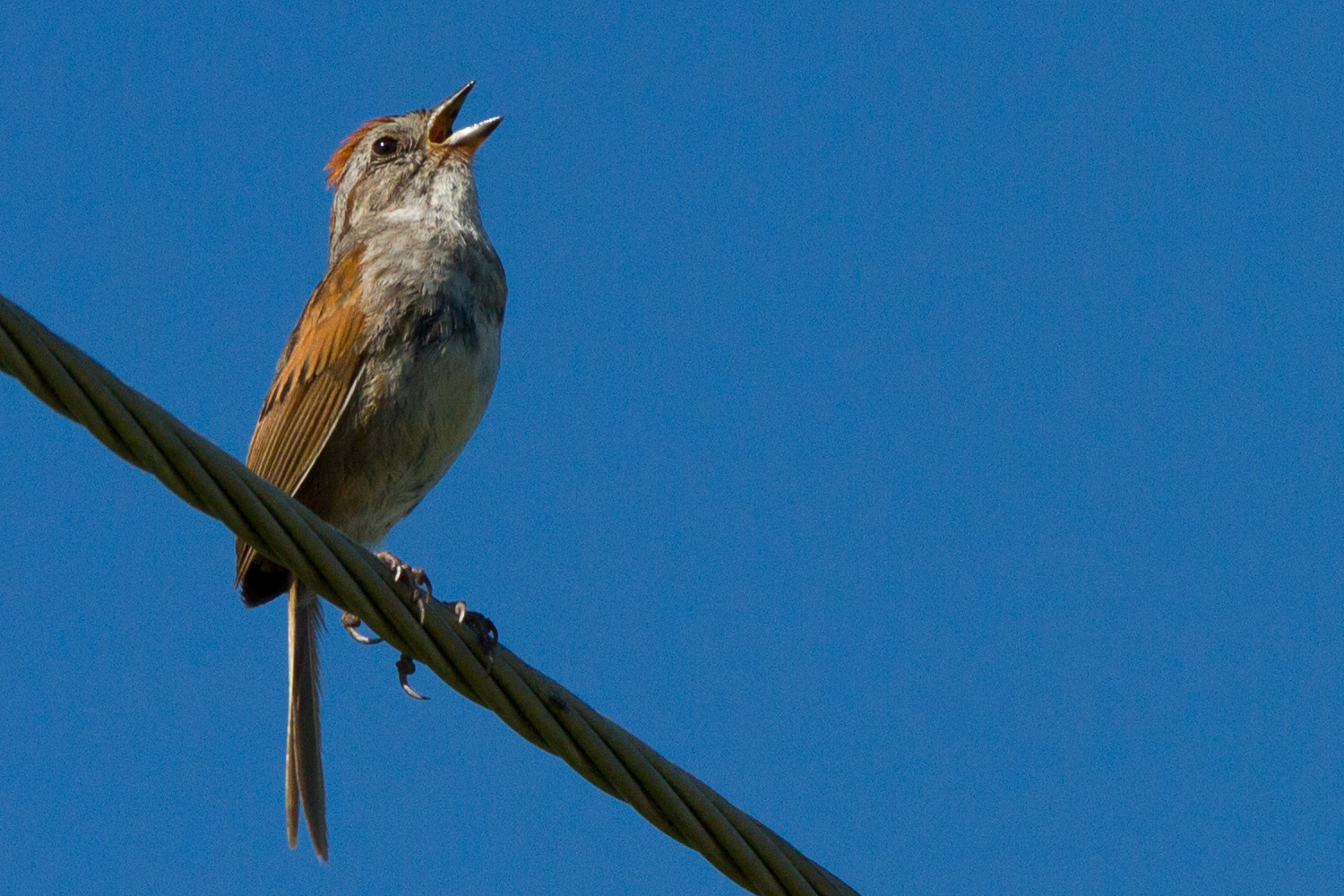
Swamp Sparrow singing his heart out - a welcome sound at the end of July
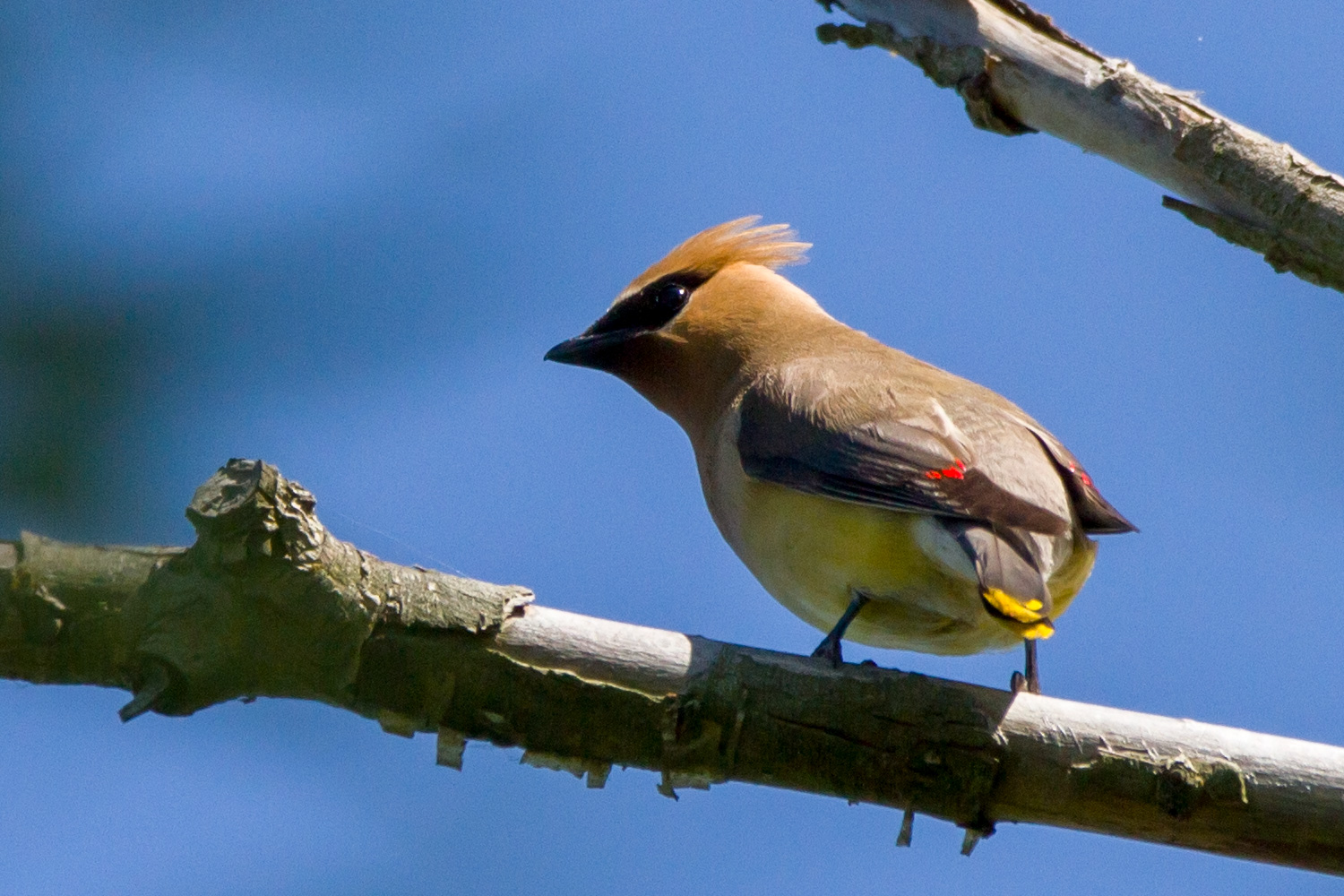
Cedar Waxwing
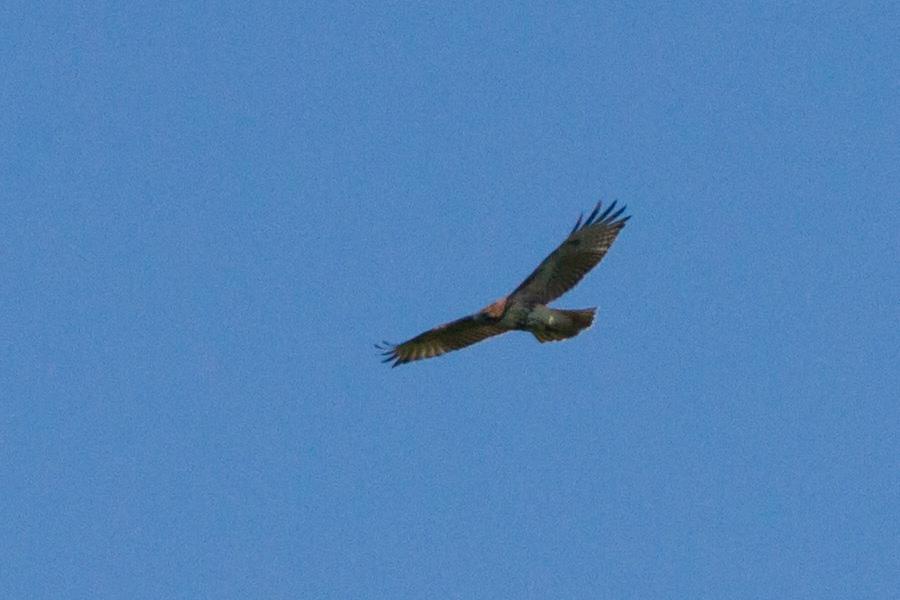
Definitely a Red-tailed Hawk - confirmed by Jim Landau. Notice the belly band; I forgot about that field mark (not all RT's have a belly band but is common to them). There is also a pale rectangular wing panel, ruling out a Broad-winged Hawk.
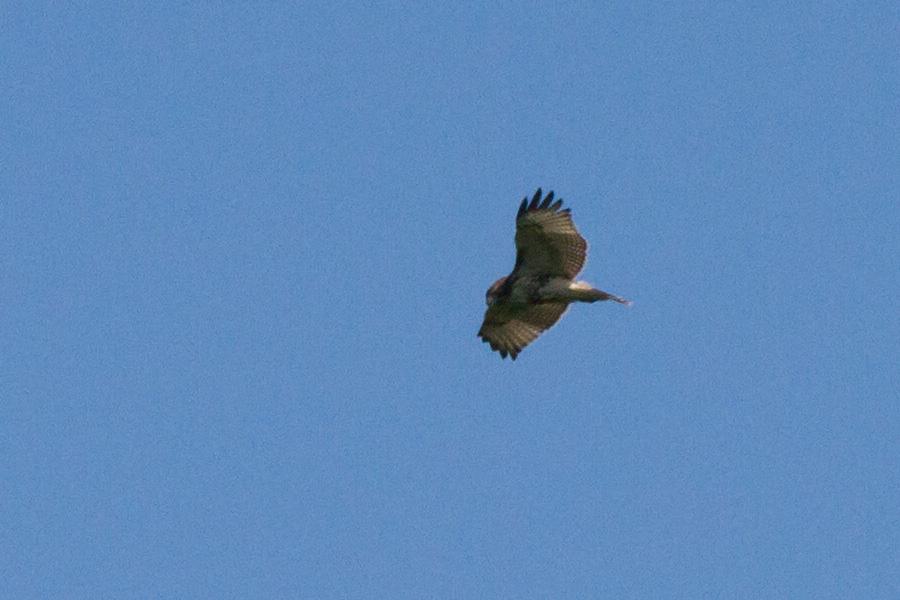
Red-tailed Hawk

Great photos Sue! I love the little Sanderlings. I have always found them to be somewhat friendly and not as skittish as the peeps. Thank you for sharing!

Thanks, Gale; he was adorable! :)
Go Back
Go to Top